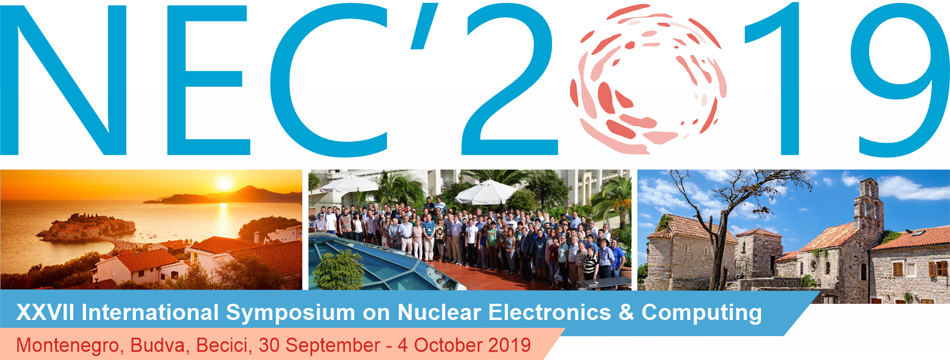Speaker
Mr
DUKE OEBA
(University of South Africa)
Description
In this research, a comprehensive review of the current-voltage (I-V) measurements that were carried out on Schottky diodes fabricated on undoped and metal doped silicon is presented. The metals used are Aluminium and Zinc. A change in silicon conductivity due to the implantation was investigated by use of I-V technique at room temperature. The qualitative analysis of the I-V characteristics showed that the implantation reduces the measured current of the material. The decrease in current indicates that the resistivity of the material has increased after ion implantation. The implanted silicon also shows ohmic I-V behaviour. Based on these two features, high resistivity, and ohmic behaviour, the results of this work, in general, show that in silicon, Aluminium and Zinc is responsible for relaxation behaviour of the material. The relaxation behaviour is due to a defect level that is found at the mid-gap of silicon to act as generation-recombination centers to compensate charge carriers. The relaxation material has been found to be resistant to radiation damage. This conversion of the material to relaxation behaviour indicated that both metals are suitable dopants for radiation- hardness of the material. Thus, these metals can be used to improve the properties of silicon to fabricate the device that can be used as an efficient radiation detector for the current and future high energy physics experiments. Additionally, a change in electrical parameters such as ideality factor, saturation current and Schottky barrier height, due to metal doping was explained in terms of manipulation of silicon bulk.
Primary author
Mr
DUKE OEBA
(University of South Africa)

